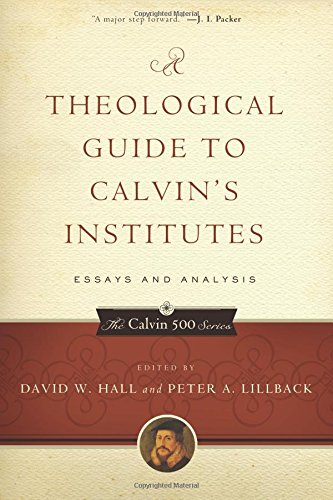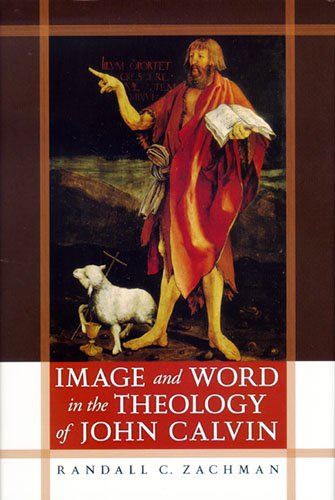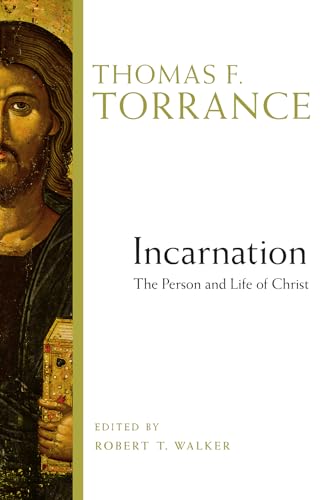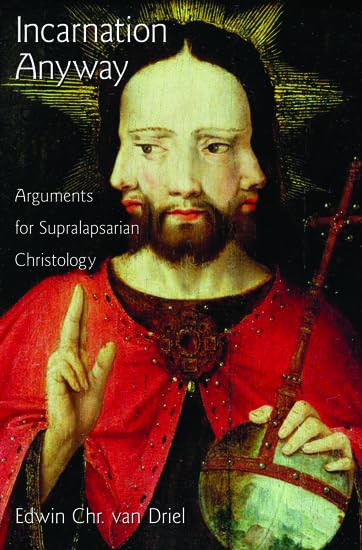This book is part of a commentary series initiated in 2005. Nearly one quarter of the series has been published so far. The series emphasizes theological exposition based upon the concept that “theological training in the Nicene tradition prepares one for biblical interpretation.” Readers who are used to traditional commentaries will miss some of the textual debate. However, this does not mean that they will find theology pressed upon the Old Testament texts.
It is fortunate that Ephraim Radner is an accessible writer with thorough historical knowledge, mainly about the pre-critical tradition. Origen, Augustine, Calvin, and many Jewish writers teem in his work with challenging interpretations that historical-critical approaches have banned. Incidentally, this has been Radner’s main contribution in his commentary: the recovery of pre-critical theological thought, and his postcritical doctrinal dialogue with it.
Radner sustains the thesis that throughout the entire twenty-seven chapters of Leviticus sacrifice is a loving offering that provides support to, explains, and is explained by the passion and crucifixion of Jesus Christ. From the outset, readers are made keenly aware of the importance of the conceptual and practical linkage between Jesus Christ and the book of Leviticus. The physical body of Christ is the symbolic central figure that governs the entire book.
Once Radner’s theological presuppositions and scope are made clear, it is hard to point out weaknesses. Of course each exegete would arrange things differently. Being aware of this, I would, for instance, observe that Jesus’ teaching in Mark 7:21–23 fits better in Chapter eleven, instead of Chapter fifteen. Although I agree that Mark’s context does not refer to separation, the fact remains that it is about food and eating. Also, the reader is strained at times to follow the author’s argument carefully, perhaps because the central theme of love offering is at the same time scattered throughout the book and is an essential concept accomplished in Christ. I would suggest that the reader should first read through the book’s Epilogue. Even without grasping every detail, they would get a better mental hold of Radner’s main points. After this effort the reader could create a preliminary outline of questions and then look for answers or explanations in the commentary in order to understand better the peculiar interpretive approach of the book.
There are three strengths: (1) The author engages much underused, interesting material from Old Testament commentators—mainly pre-critical and Jewish interpreters. (2) As a result we have a picture of the history of theological interpretation of Leviticus. (3) The general thesis that Christ is the heart of the book is certainly a helpful option to understand the whole story of Scripture and its redemptive meaning, particularly reminding Christians of their responsibility in drawing the world toward God as a reflection of an individual relationship of responsibility with God.
Radner offers an interesting perspective on Leviticus, showing how God reorients his people amidst this disoriented world. All separation (nazar) must be seen as a reminder of our position as creature. Without referring and mirroring the Creator we are senseless.
The Epilogue, as I have said, should be read first, to give readers the taste of Radner’s approach as a whole. Be prepared, however, that the Epilogue is dense. There one could explore a plethora of themes: creation, love, atonement, service, adoration, and others. This compactness triggers a twofold conclusion. First, Radner could have written more about each theme, specially providing contemporary contextualization to preachers. Second, by drawing on a theological approach to Leviticus, Radner gives us the opportunity to interact with his view, unpacking those dense themes laid down at the end of his book.
Readers of the Bible need to give this volume careful attention. It will provide a helpful interpretation and understanding of sacrifice. It will inspire and convict as well as teach.
Tarcizio F. Carvalho
Andrew Jumper Graduate Center, Mackenzie University
São Paulo, Brazil
Other Articles in this Issue
Why are we talking about preaching with power? Because of what Christianity is...
In the mid-twentieth century, one could readily find informed Protestant observers acknowledging the Calvinist tradition’s major missionary contribution...
The summer of 2007 was the wettest in Britain since records began, registering over twice the usual amount of rainfall between May and July...
How Far Beyond Chicago? Assessing Recent Attempts to Reframe the Inerrancy Debate
by Jason S. SextonThe doctrine of inerrancy has been a watershed issue among evangelicals in the West, perhaps now more evident than ever...
Quite apart from commentaries and hermeneutical textbooks, books on the Bible—its nature and ultimately its authority—have been appearing with daunting frequency of late







